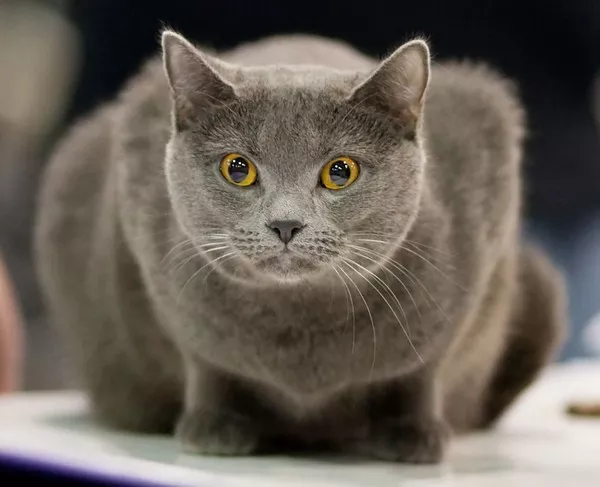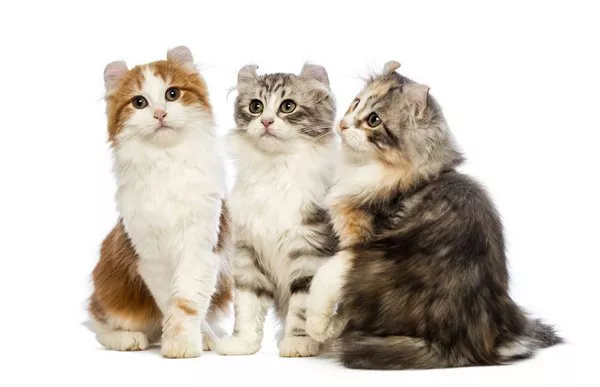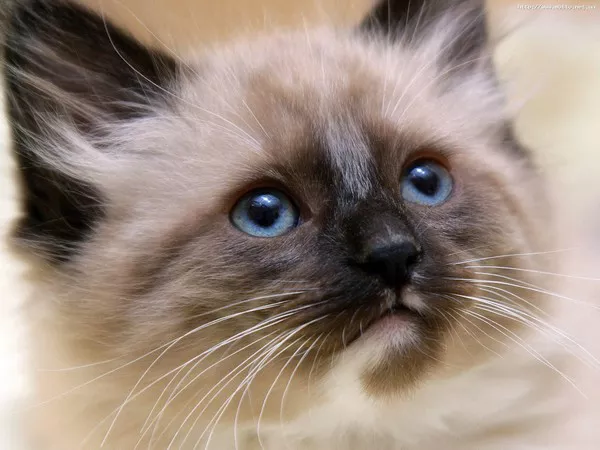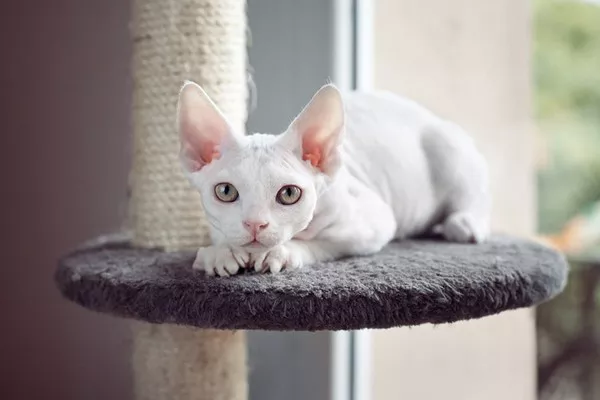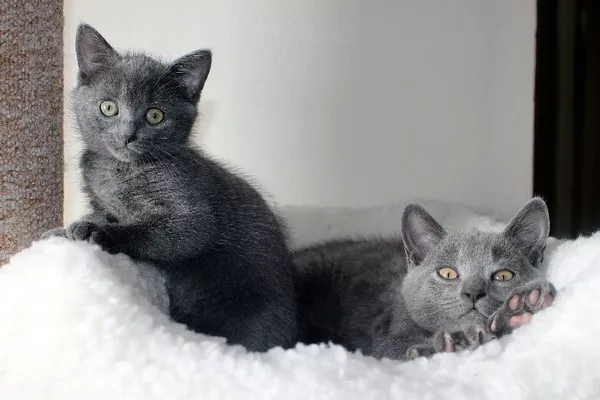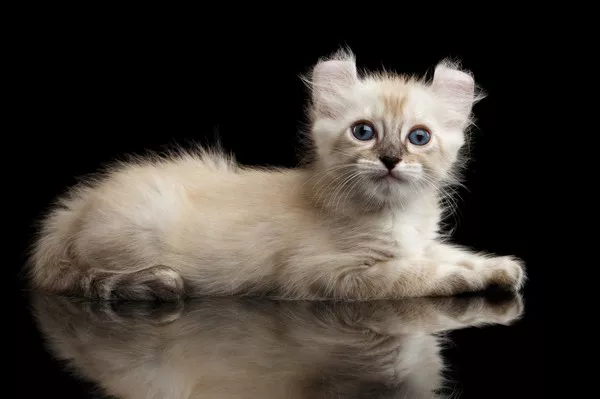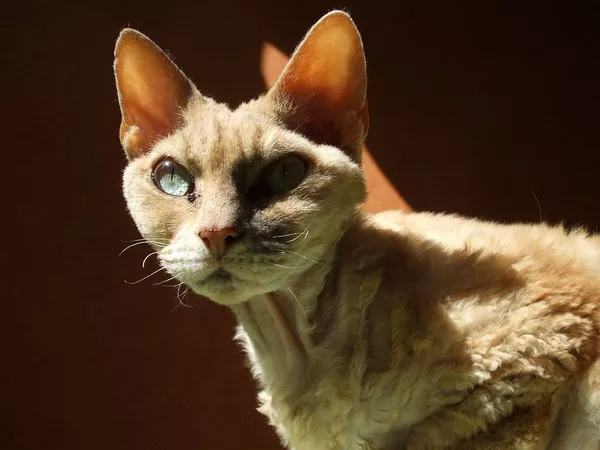Chartreux cats are renowned for their striking blue-gray fur, sweet-natured temperament, and expressive golden eyes. Originating from France, these feline companions have gained popularity worldwide due to their charming appearance and lovable personality. While the breed is predominantly recognized for its single type, there exist some variations within the Chartreux cat lineage that can be explored. In this article, we will delve into the characteristics, history, and subtle distinctions among Chartreux cats.
1. The Chartreux Breed:
The Chartreux breed is characterized by its distinctive physical features, including a muscular build, rounded head, and dense, water-repellent double coat. These cats possess an endearing smile-like expression and are known for their playful yet affectionate nature.
2. Historical Background:
Chartreux cats have an intriguing history tracing back several centuries. Legends suggest that they were originally bred by Carthusian monks in France during the medieval period. Over time, they transitioned from monastery companions to beloved pets, garnering attention from cat enthusiasts around the world.
3. The Standard Chartreux:
The standard Chartreux is the most commonly recognized variety of this breed. These cats exhibit a sturdy frame, medium to large size, and a dense, plush coat. Their fur showcases an iconic bluish-gray hue with silver undertones, enhancing their regal appearance. Golden or copper-colored eyes provide a captivating contrast to the coat.
4. Chartreux Variations:
While the standard Chartreux holds sway, some subtle variations can be found within the breed. These slight differences often arise due to genetic factors and selective breeding practices. Let’s explore two notable variations:
Solid Gray Chartreux:
This variation refers to Chartreux cats with a solid gray coat lacking any silver tipping. These cats exhibit a uniform color throughout their fur, showcasing a deep and intense shade of gray. While their appearance differs slightly from the standard Chartreux, their temperament and physical attributes remain consistent.
Dilute Chartreux:
Dilute Chartreux cats display a softer, lighter coat compared to the traditional bluish-gray hue. This variation arises due to a dilution gene that affects the intensity of the fur color. The diluted coat may appear as a pale blue-gray or even shades of lavender. Although less common, these cats possess the same endearing qualities as their standard counterparts.
5. Recognition and Standards:
The international cat associations, such as The International Cat Association (TICA) and the Cat Fanciers’ Association (CFA), primarily recognize the standard Chartreux variety. However, it’s essential to note that these variations are not officially recognized as separate breeds but rather appreciated for their unique characteristics within the Chartreux lineage.
6. Selective Breeding:
Selective breeding plays a crucial role in maintaining breed standards and characteristics. Responsible breeders strive to preserve the qualities of the Chartreux breed while occasionally exploring variations within the genetic pool. However, it is important to ensure that such variations do not compromise the health or well-being of the cats.
Conclusion:
Chartreux cats possess a captivating charm and have captured the hearts of cat lovers worldwide. While the breed is predominantly celebrated for its standard variety, slight variations exist, adding an intriguing dimension to the Chartreux lineage. Whether you prefer the classic bluish-gray coat or find yourself drawn to the solid gray or dilute variations, Chartreux cats continue to enchant with their affectionate nature, intelligence, and regal presence. As responsible cat enthusiasts, let us appreciate the diversity within this remarkable breed while ensuring their well-being and preserving their unique qualities for generations to come.

